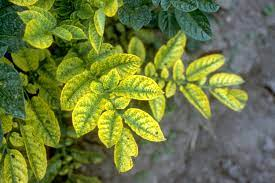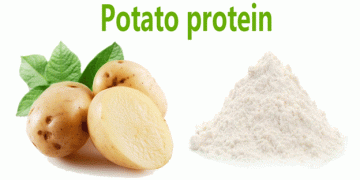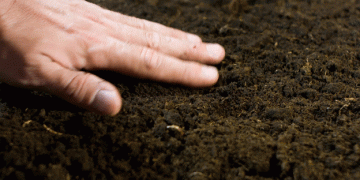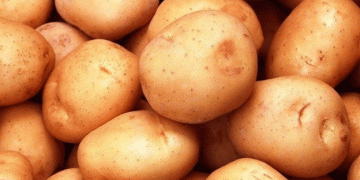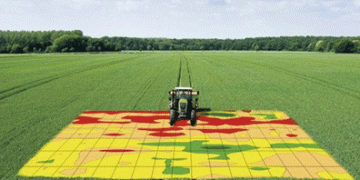Potato Yellow Vein Virus (PYVV) is a significant threat to potato crops, causing severe yield losses and economic damages to farmers worldwide. This article provides insights into the causes, symptoms, and management strategies of PYVV, as well as its impact on the agriculture industry.
Potatoes are one of the world’s most important food crops, providing a significant source of dietary fiber, vitamins, and minerals. However, PYVV can cause significant yield losses in susceptible varieties, affecting the productivity and profitability of farmers.
According to recent data from the International Potato Center (CIP), PYVV is prevalent in many countries, including South and Central America, Mexico, and the Caribbean. The virus spreads through infected seed tubers, whiteflies, and other insect vectors, making it challenging to control.
Symptoms of PYVV include yellowing and curling of leaves, stunted growth, and reduced yield. These symptoms can vary depending on the variety of potatoes and environmental conditions. However, the virus can be managed through a combination of preventive measures such as using disease-free seed tubers, crop rotation, and control of insect vectors.
In recent years, researchers have also developed resistant varieties of potatoes that can withstand PYVV. These varieties have shown promising results in field trials and can significantly reduce the impact of the virus on crop yield and quality.
In conclusion, PYVV is a significant threat to potato crops, affecting their yield and quality. However, farmers can minimize the impact of the virus by implementing proper disease management practices and using resistant varieties. By doing so, farmers can increase their productivity and profitability while ensuring a sustainable agriculture industry.
#PYVV #potatoes #plantvirus #diseasemanagement #cropresistance #agriculture #insectcontrol #yieldloss
